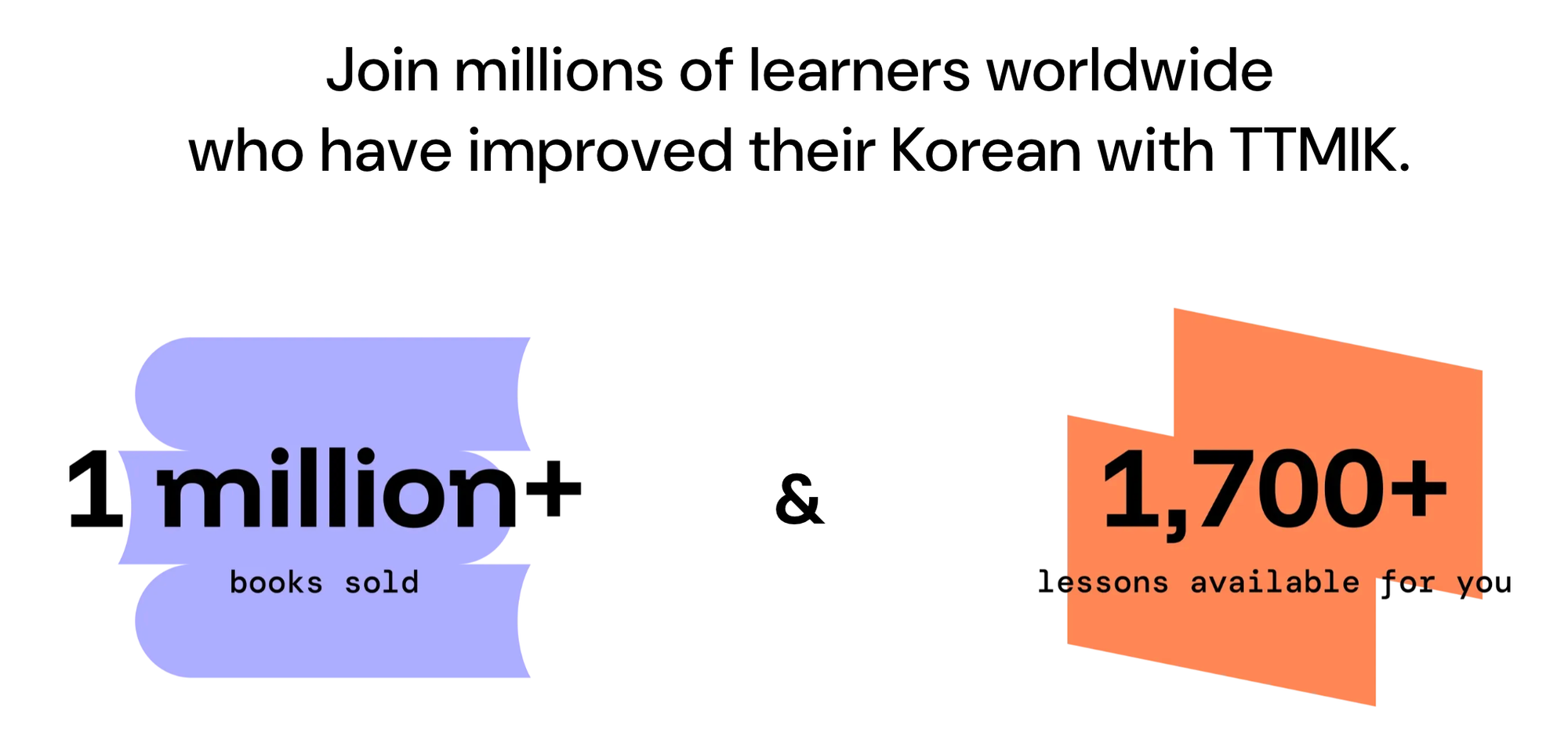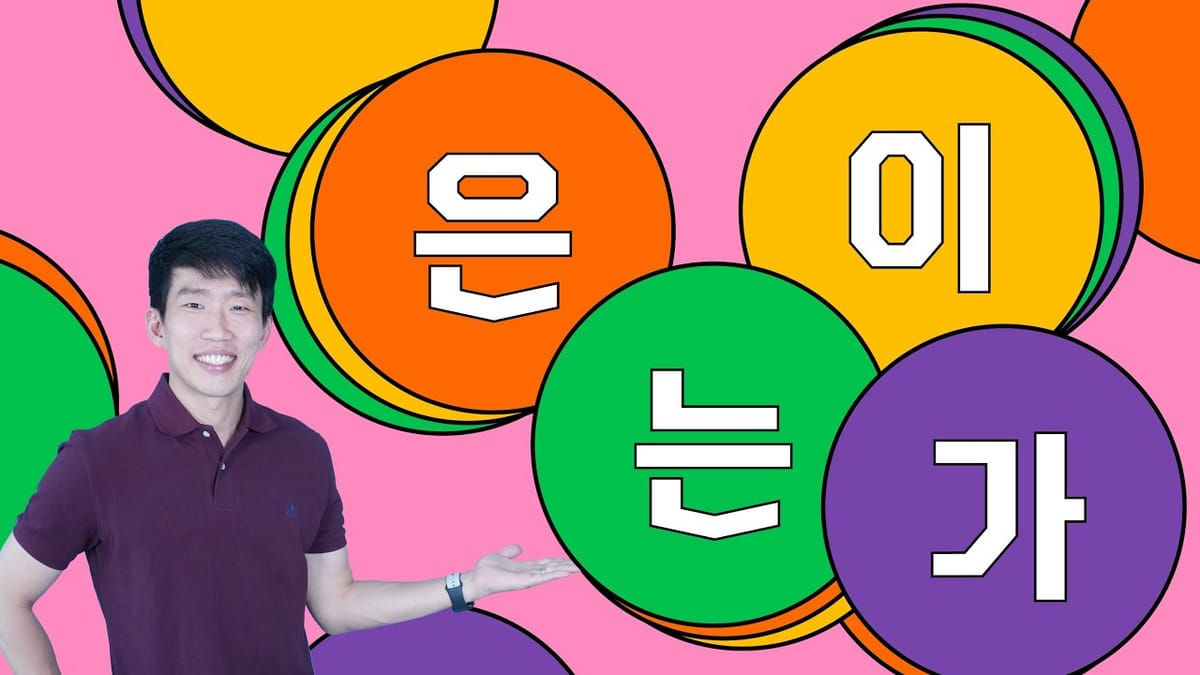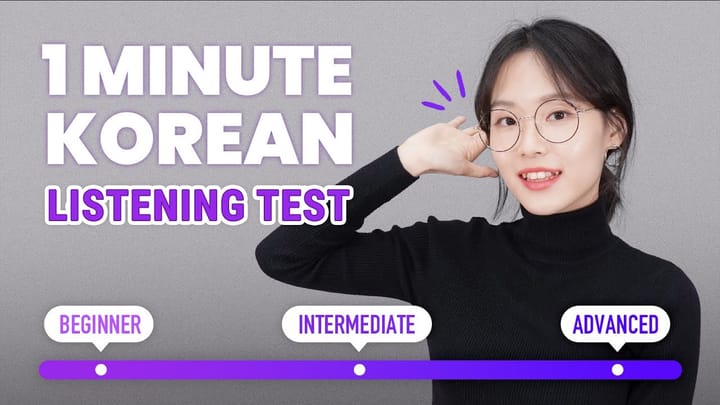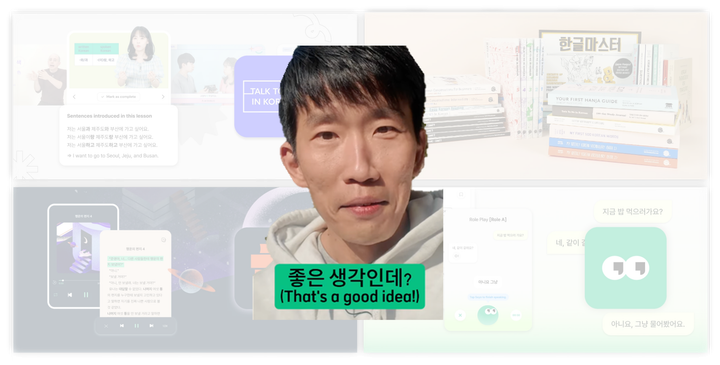Particles in the Korean language play an essential role in giving meaning to sentences. Among them, four main particles stand out. They can be grouped into two categories: topic-marking particles 은/는, which show what the whole sentence is about, and subject-marking particles 이/가, which identify the subject of the sentence.
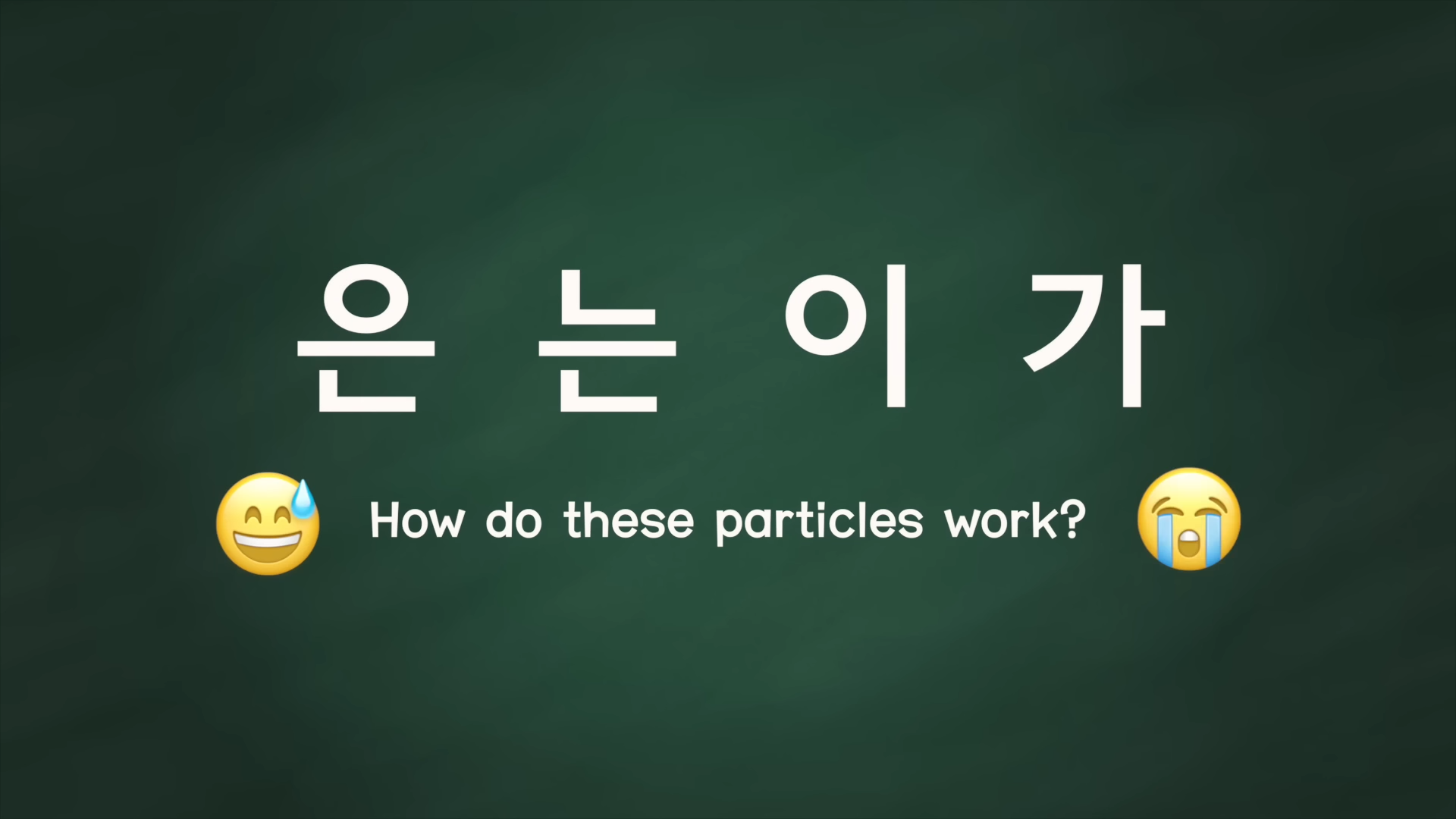
Topic Markers
The topic marking particles used in Korean are 은 (eun) and 는 (neun). These particles are used to continue the context of a conversation or indicate a change in the direction of the conversation when introducing a new topic.
When used in a sentence, the topic particle 은 (eun) follows the topic of the sentence, indicating who or what the action is happening to. When new information interrupts the previous thought and contrasts with the current conversation, the particle 는 (neun) is used. The particle 는 (neun) can also be used to identify differences. For example, in settings where multiple people are introducing themselves, they would use this particle to identify themselves as individuals different from the rest.
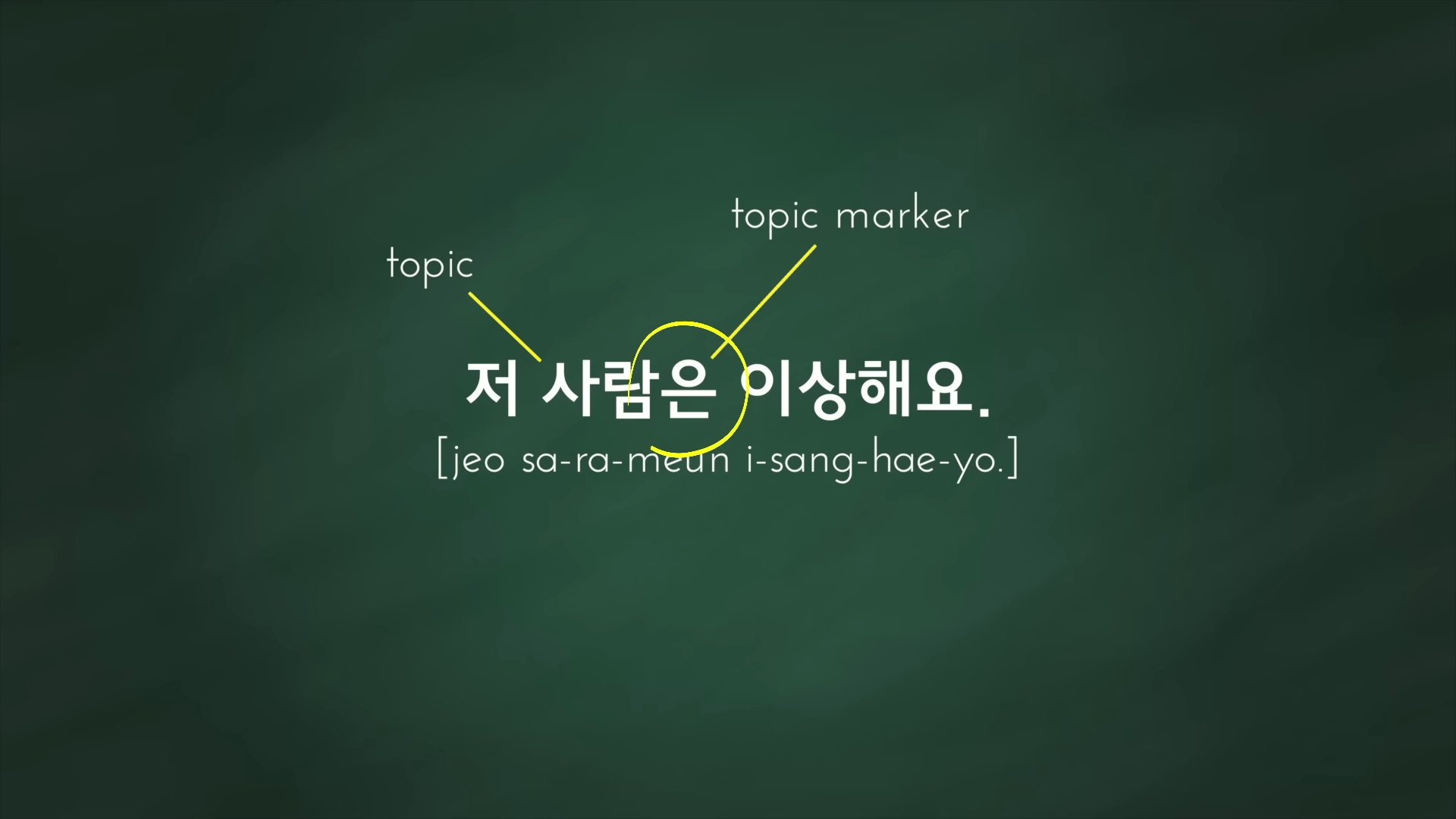
Subject Markers
On the other hand, subject particles represent different explanations for what is included in a sentence. The subject particles 이 and 가 answer who, where, or which subject the verb or action is occurring toward.

Relationship Between 은/는 and 이/가
While both groups of particles can be used by themselves, to make more intimate or complex sentences, we often see both styles of particles used within one sentence. Grammar points and context will indicate which particle flows best for each sentence, but to include more details per sentence, both should be used.
By including both, we are able to identify a specific topic that the subject is happening to.

Try using both particles and then combining them for more complex sentences to improve your conversational Korean.
Meet Talk To Me In Korean
Talk To Me In Korean motivates and nurtures learners to develop their language skills in fun and innovative ways, with over 1,700 lessons published on the official website. The variety of content available from Talk To Me In Korean has drawn people from over 190 countries for more than 15 years.
